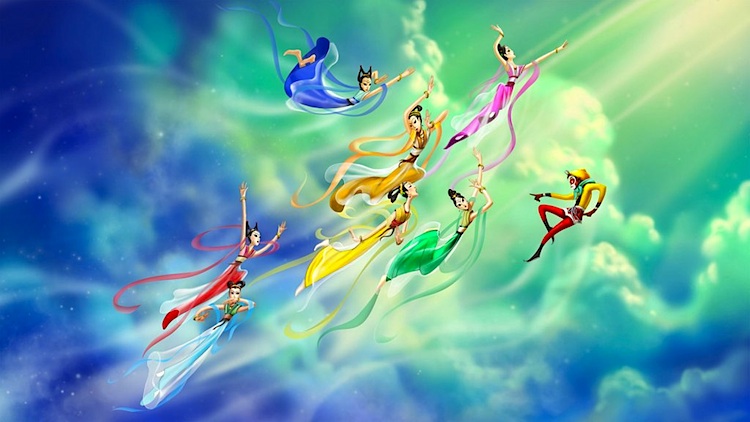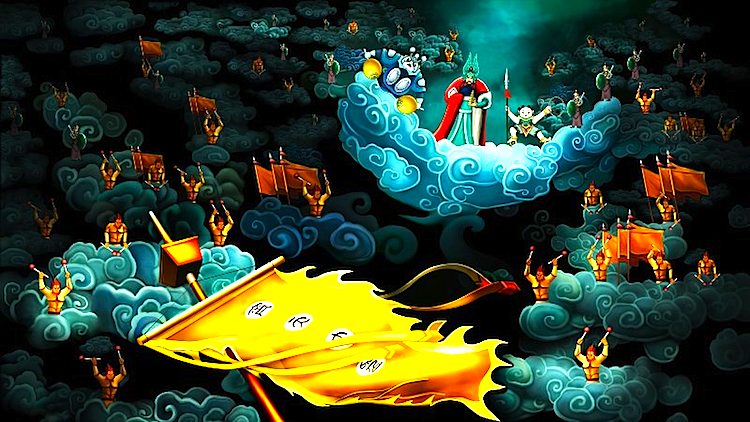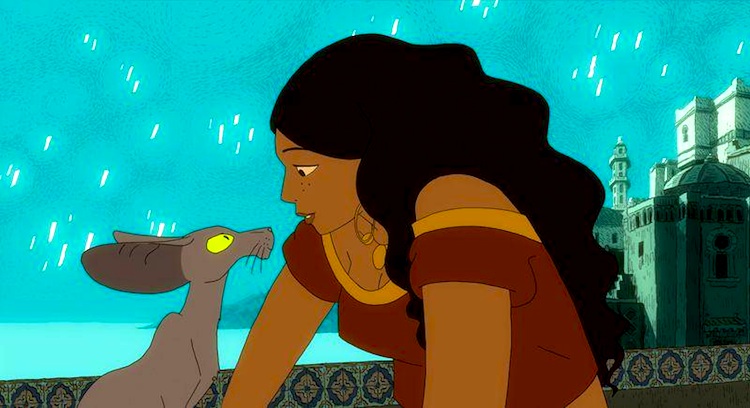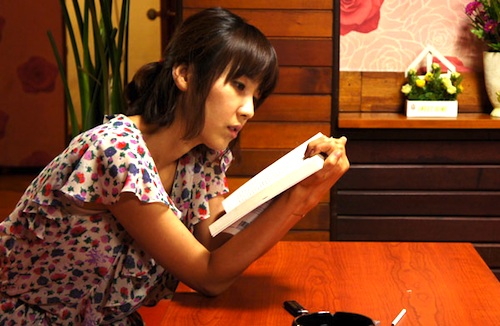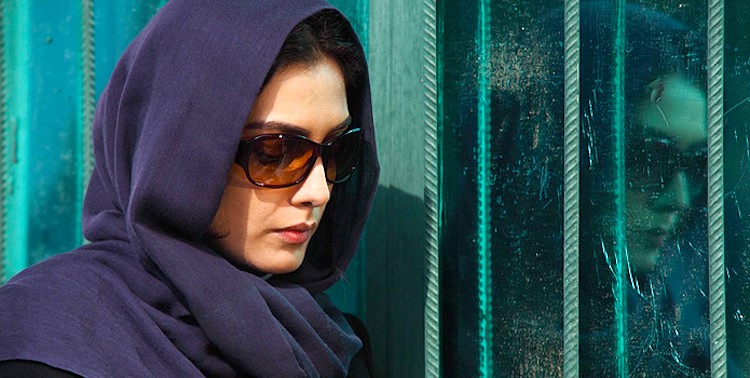By Joe Bendel. Wan Laiming was the Walt Disney of China. Unfortunately, his long planned masterwork finally came to fruition on the eve of the Cultural Revolution. Just as the second part of his animated adaptation of the Ming-era novel Journey to the West was released to general acclaim, the Chinese film industry was shuttered for reasons of ideological madness. Recognized as one of the greatest Chinese animated features ever, Wan’s complete The Monkey King—Uproar in Heaven has been meticulously restored, frame-by-frame, and converted to widescreen 3D. Su Da and Chen Zhihong’s Monkey King restoration had its North American premiere screenings during the 2012 New York International Children’s Festival.
Being in fact a monkey, the Monkey King is perfectly suited to animation. Supernaturally powerful, he happily leads the monkey tribe of Flower Fruit Mountain, but his rambunctious nature attracts celestial attention. On the orders of the Jade Emperor, the Monkey King is whisked up to the heavens, only to be given a dubious title and shunted off the a harmless corner of the cosmos. The Monkey King does not play that game, though. He creates quite the ruckus before returning to his clan on Flower Fruit Mountain. However, the beings of the higher realm consider his rebellious drive a threat and will not leave well enough alone.
Often thought to be influenced by Hindu deities, the Monkey King clearly fits the Trickster archetype. While he eventually settles down in the source novel, Uproar features him at his most uproarious. Frankly, some of his moves prefigure several signature sequences from the Matrix franchise. He is also quite proficient with his magical staff, delivering plenty of satisfaction for martial arts fans.
However, the look of Wan’s film, by way of the Su and Chen’s restoration, is truly remarkable. It has a rich lushness, but there is also a mystical vibe that resists comparison to other films. It is also hard to describe the film’s color palate, but it is quite distinctive (and a testament to the filmmakers’ restoration efforts). Some sequences are incredibly graceful, such as the Monkey King’s encounter with a wonderfully cinematic group of fairies, at least until his mischievousness asserts itself. In addition, the restored Uproar is one of the most skillful and refined examples of 3D rendering, aside from Wim Wenders’s Pina. More than just pointy objects jutting out from the screen, the 3D here emphasizes depth on a grand scale.
The Monkey King’s story holds a place of honor amid China’s rich cultural legacy, which the ideological campaigns of the mid and late 1960’s tragically nearly destroyed. Presumably, some purists will debate aspects of the 3D digital refurbishment, most definitely including the 3D itself, but also the restoration directors’ abridgment of the film, the newly composed and recorded soundtrack (directly inspired by the Beijing Opera) and their alteration of the aspect ratio. However, these debates are good to have.
Ultimately, their efforts will bring Wan’s images to a new generation of viewers and ensure they will be preserved for generations to come. Perhaps more to the point, Uproar is an enormously entertaining spectacle that is both high-brow and action-oriented. Recommended for kids and animation fans with an interest in Chinese Culture, The Monkey King—Uproar in Heaven is likely to have a long life on the festival circuit and in specialty distribution, following its enthusiastically received screening last night at NYICFF.
Posted on March 22nd, 2012 at 12:19pm.
